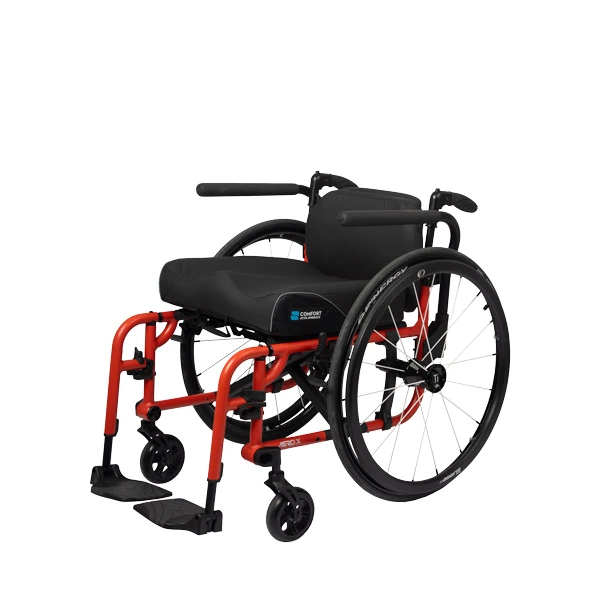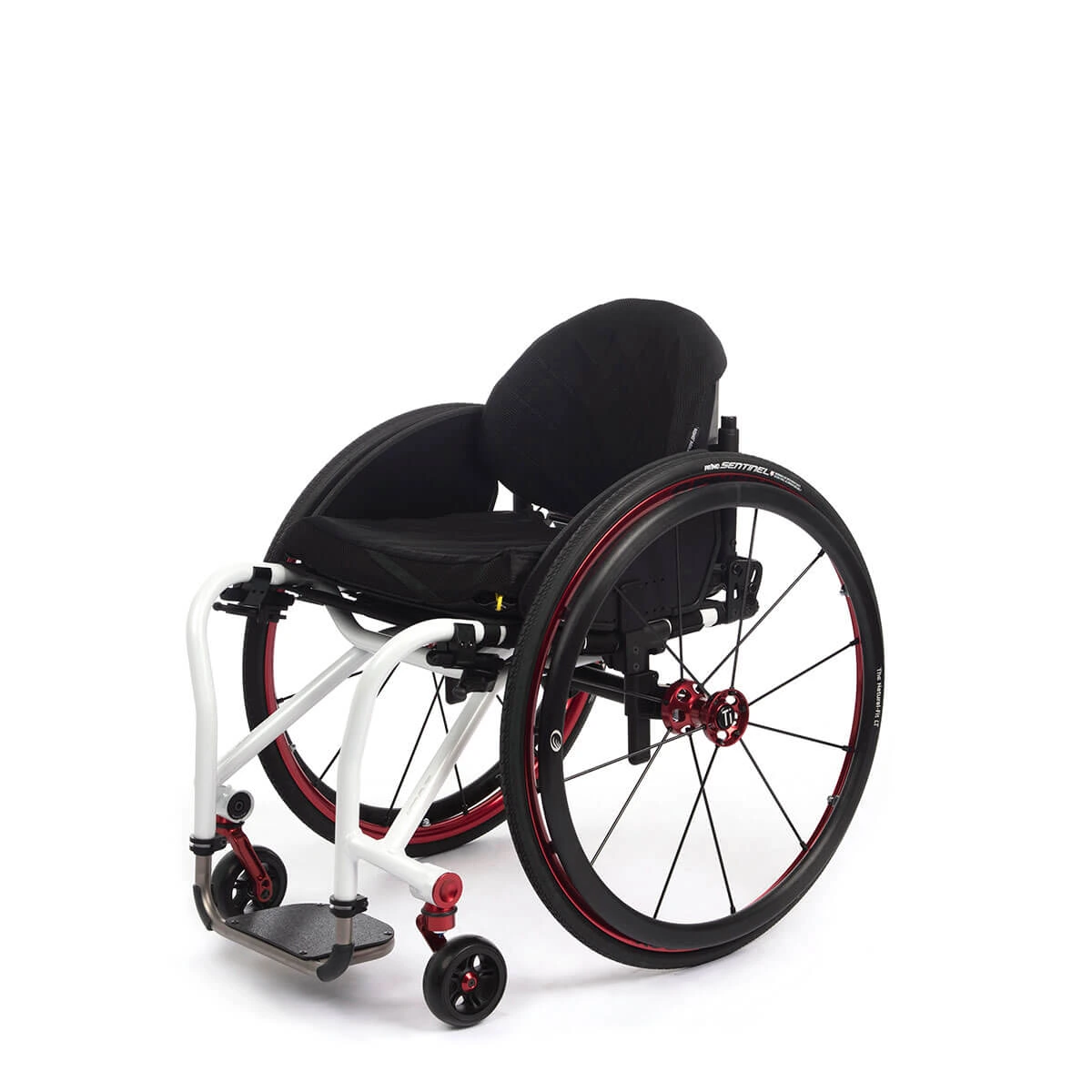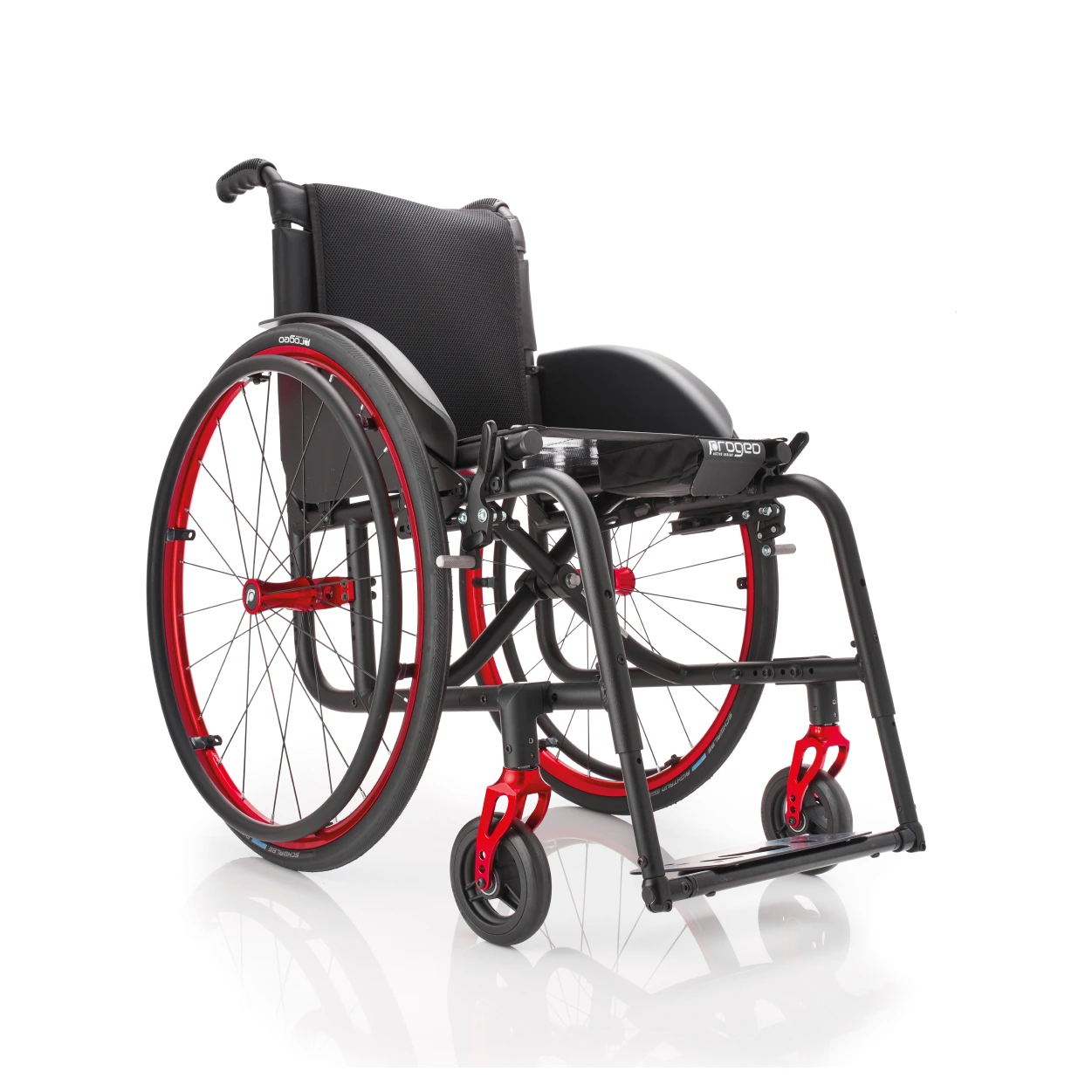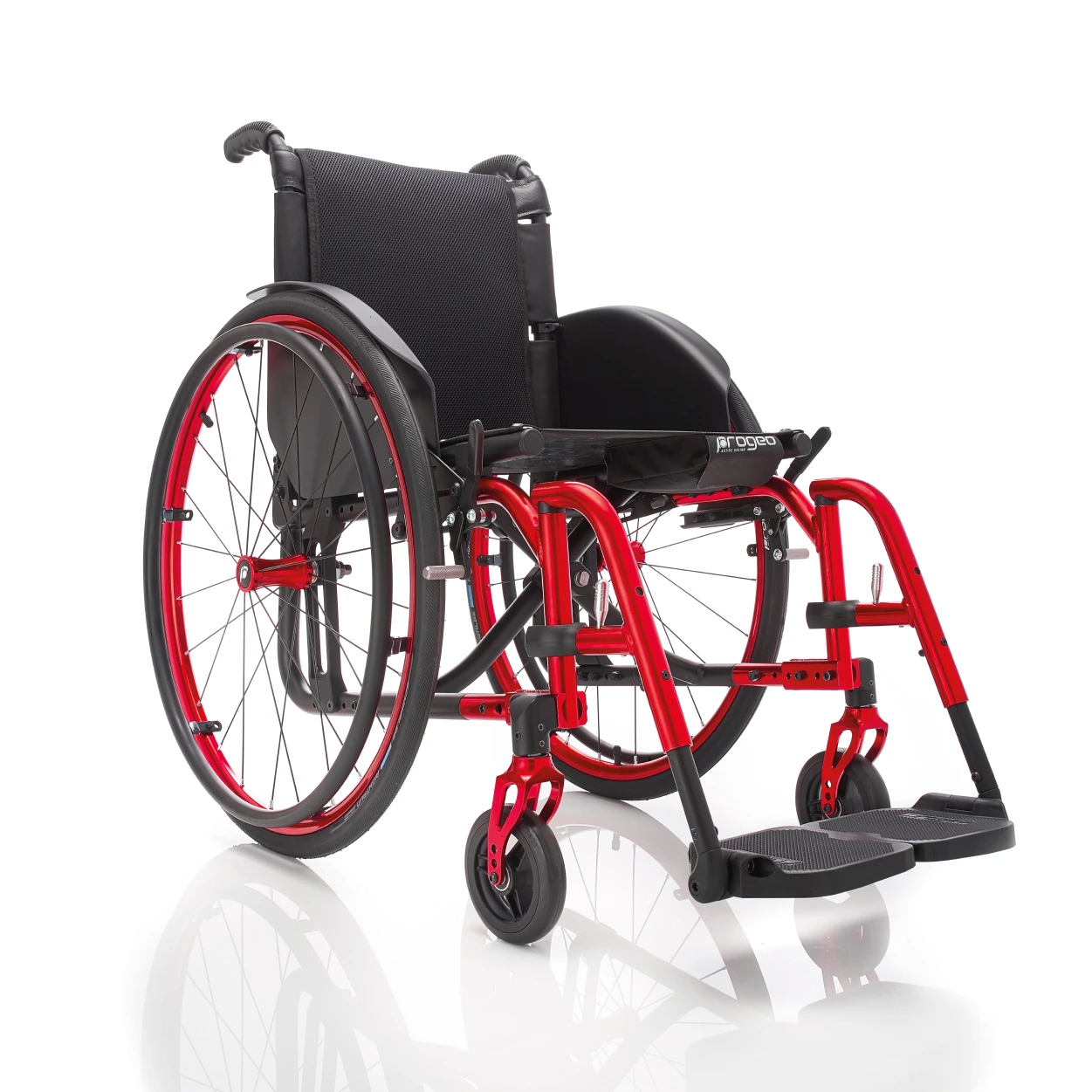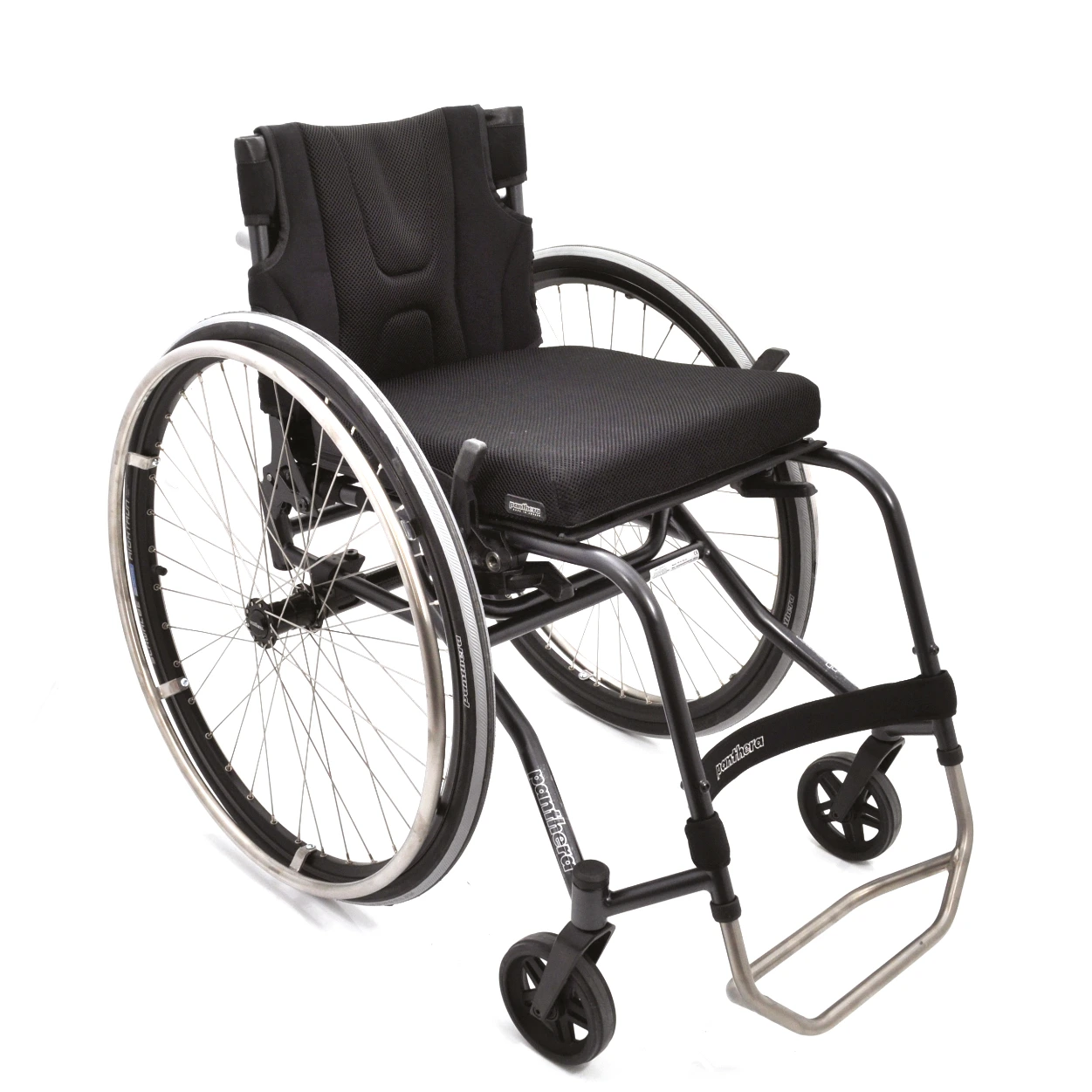- Klinisk forskning
- Research Library
- Scientific Publication: Manual Wheelchair Configuration in Unilateral Upper- and Lower-Extremity Propulsion
Scientific Publication: Manual Wheelchair Configuration in Unilateral Upper- and Lower-Extremity Propulsion
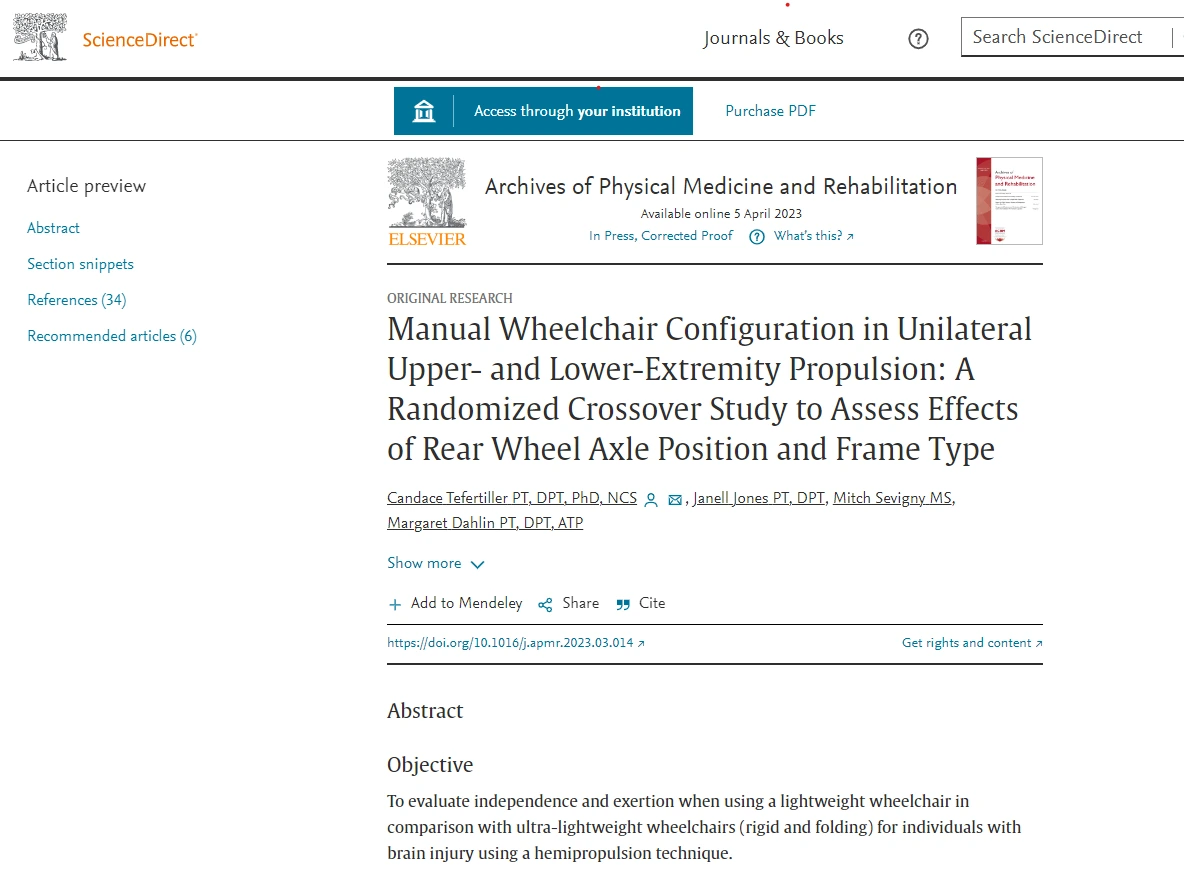
Individuals who propel manual wheelchairs following an acquired brain injury often only use one side of their body creating unique conditions related to wheelchair configuration. This can be defined as a unilateral propulsion style, sometimes known as hemi-propulsion.
A new collaborative research publication provides important and relevant insights into the effects of manual wheelchair type and axle configuration for individuals using this propulsion technique.
The Permobil manual wheelchairs studied included a TiLite Aero X and TiLite Aero T.
This study was led by researchers from Craig Hospital in Denver, Colorado in the United States. There were a total of 18 participants (13 males and 5 females), 7 with a diagnosis of a traumatic brain injury (TBI) and 11 with a cerebral vascular accident (CVA). The participants completed skill and endurance testing in three wheelchairs: 1) lightweight/standard folding wheelchair with no axle position adjustability, 2): ultralight/active folding wheelchair with axle position adjustability and, 3) ultralight weight/active rigid wheelchair with axle position adjustability. The variation in rear axle position was that the ultralight weight/active wheelchairs had a more forward center of gravity that was measured at 2.5in. (63.5 mm) from the back canes. All other configurations were consistent between the three wheelchairs.
The primary outcome measure of this study, the Wheelchair Skills Test 4.1, showed that compared to using the lightweight standard folding wheelchair, when individuals were propelling the ultralight folding or ultra lightweight rigid wheelchair they performed better on low-rolling resistance surfaces. No difference was found on high-rolling resistance surfaces.
Furthermore, the Wheelchair Propulsion Test, a 32 ft (10m) distance, showed no differences between the wheelchairs with regards to speed and push frequency. Lastly, individuals performed a 100-m Push test on average in 166 seconds in the lightweight standard folding wheelchair, compared to 156 seconds in the ultralight folding wheelchair and 135 seconds in the ultralight rigid wheelchair. During this test, both heart rate and perceived exertion were found to be significantly higher in the lightweight compared to both the ultra-lightweight wheelchairs.
The authors concluded that compared to using a lightweight/standard folding wheelchair, an ultra-light/active manual wheelchair either folding or rigid with more forward center of gravity increases the ability to complete wheelchair skills on low-rolling resistance surfaces, as well as can reduce heart rate and perceived exertion for individuals propelling a manual wheelchair with one side of their body. Results further suggest that use of a rigid frame enables faster mobility in comparison with a folding frame among ultra-light wheelchairs.
